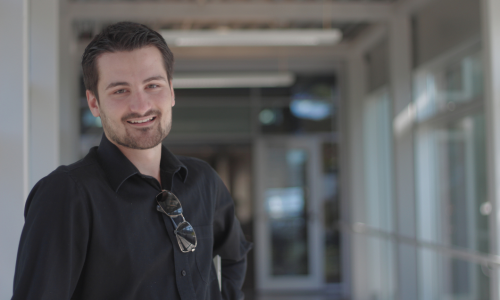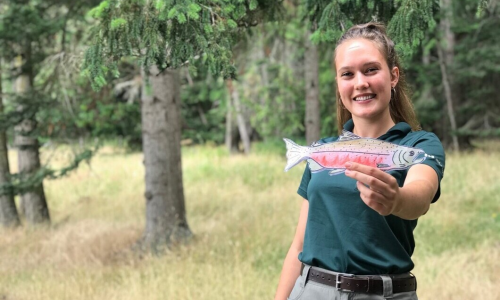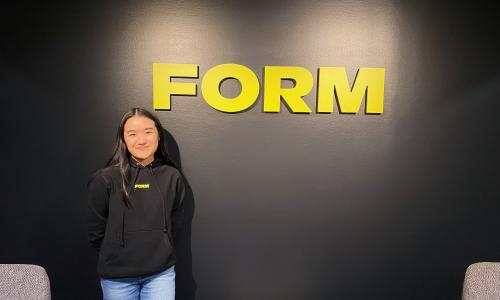James shares what he learned about User Experience (UX) after his co-op placement. This article was originally published on http://code.hootsuite.com on September 8, 2015.
Whenever I tell somebody I study user experience (UX) design, I usually get blank stares. It’s a fascinating field because good design tends to be invisible, but when products aren’t designed with people in mind, that’s when the term ‘usability’ comes up in conversation. UX design is the human component in technology that aims to make products approachable and relevant for regular people.
I’m now a senior at Simon Fraser University and I am enrolled in the design program. Of all the decisions I’ve made that have led to where I am today, I’m convinced that the best decision of my academic career was getting work experience early on. The tech industry moves at such a pace that universities can’t adapt their programs fast enough to prepare students for the future ahead. School is great for learning theory, but internships offer an opportunity to apply those concepts in addition to providing invaluable practical experience.
As designers, we’re taught to create experiences that are as simple and as elegant as possible. During this process, it can be easy to forget that we’re designing for actual people, not abstract personas. In school I often had to imagine who my user was, and likewise I made lots of assumptions, such as all users having perfect vision. Early in my co-op, I had the opportunity to attend an interview with a sight-impaired customer. To navigate our site, this person had to use a third-party screen reading app called JAWS. I learned that performing even the simplest action took a huge amount of effort.
It’s surprising how much you can learn by just talking to a customer for an hour. One of my favourite interview questions was asking people “can you describe to me what a typical day looks like?”. This is a great question, because it taught me that products are not self-contained: the experience doesn’t just end when the customer leaves the app. What happens when they’re out of the product is just as important as when they’re in it.
Another great part of my internship is getting to work with engineers and experience what it’s like to be a part of a release cycle. School can be a bit like living in a bubble where everyone is a designer and thinks on the same wavelength, but when working with engineers it’s not just about passing off a list of specs but communicating the value of a design and how it aligns with UX and business priorities. Quite often it has made me re-evaluate my own work, because the value has been assumed when instead it should’ve been crystal clear.
If I could change just one thing about how most schools teach design, it would be teaching students to embrace ambiguity. Without context and without a defined problem, young designers (myself included) often tend to cling to the first solution that comes to mind. A solution that solves the wrong problem is a situation that everyone wants to avoid. Ambiguity is totally natural, and is actually conducive to the creative process. Some of the most interesting (and most challenging) projects out there are the ones that don’t have any frame of reference and venture into unexplored territory.
I’d recommend every design student to take up at least one term in industry while in school. Getting a feel for how real products are designed, built and used is an amazing and invaluable experience.














